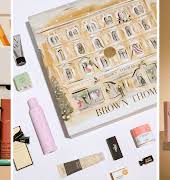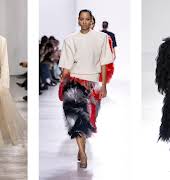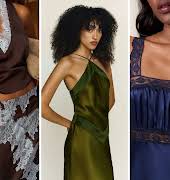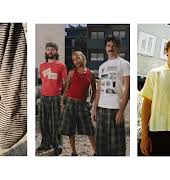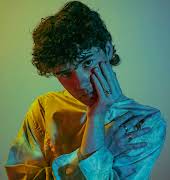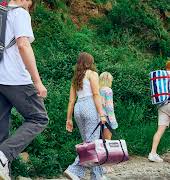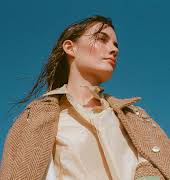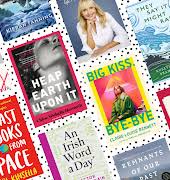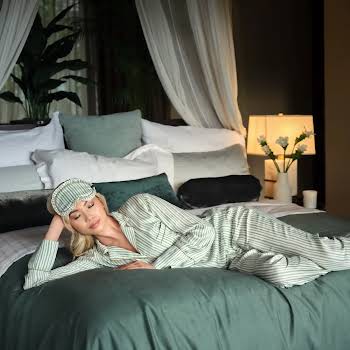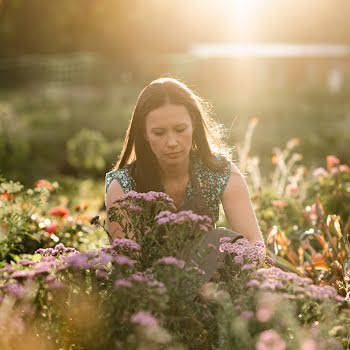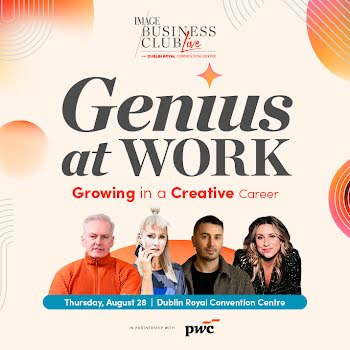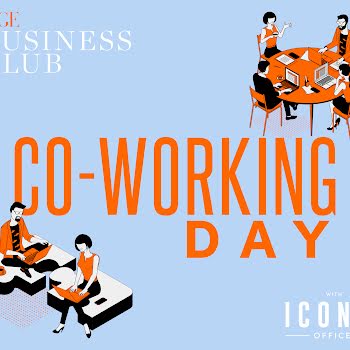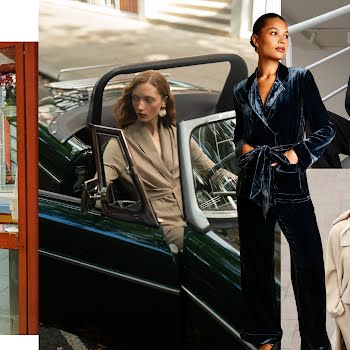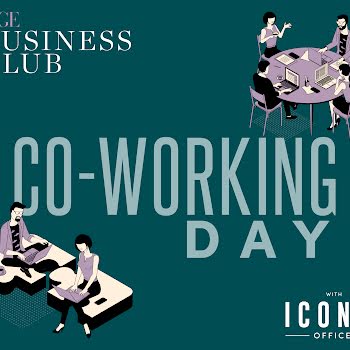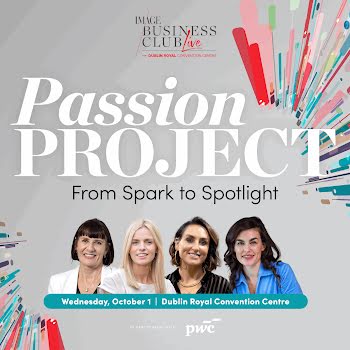
By IMAGE
07th Oct 2015
07th Oct 2015
At 5’8″, height is never something with which I’ve concerned myself. Rather than fret about being short, I actually had the experience of standing head and shoulders above most of the boys in my school, until the day they shot up like beanstalks, and I levelled off. But while I might have been otherwise engaged with the lack of boobs, the permanently nervous tummy and the crippling shyness that dominated my earliest days in a mixed school, those young girls and boys who faced all of this with the added challenge of dwarfism may have had a considerably harder time. This month is Dwarfism Awareness Month, and while we’re all equipped to recognise a person with this condition (of which there are many variants), the truth is we’re rather ill-informed. What’s life like for someone with dwarfism? What difficulties do they face that others don’t? Some may even be afraid to approach a person with dwarfism for fear of offending them, but also because they don’t know enough about it.
To shed a light on something that affects roughly one in every 20,000 births, and the brilliant work of The Little People Of Ireland, I caught up with the wonderful Sinead Burke, otherwise known as Minnie Melange. Standing at 3’5″, Sinead is a tower of strength in the truest meaning of the phrase. She’s achieved so much in the face of what many will view as adversity. She’s faced both physical and social challenges but met them all with a smile and a can-do attitude. Those who are familiar with her mega successful blog will be an avid fan; Sinead is an authority on all things fashion, social media, and when she’s not rubbing shoulders with some of the world’s biggest stars (as part of her Minnie meets series), she’s beavering away on her PHD. Beyond this, it’s Sinead’s mission to inform the Irish people on all things dwarfism, to rid our country of any lingering discrimination and ensure that other little people feel empowered to achieve whatever it is they turn their hand to. Below, she answers some questions, as we make it our business to educate ourselves.
1. How important is this month for you?
Dwarfism Awareness Month is a really special time of the year. It’s an opportunity to have a conversation about what life is like as a little person, to challenge stereotypes and misconceptions, to highlight the positive aspects and to increase awareness. Dwarfism Awareness Month reminds us that none of us have any hand in choosing our difference – let’s be honest, we all have one. It was bestowed on us and what’s important is that we’re each allowed to reach our full potential without judgement. We are all people and should be appreciated for our personalities and ambitions.
2. What is the current situation for a little person in Ireland and what do you want to see improve/change?
I can’t speak for everyone, but I absolutely love being a little person, particularly in Ireland. I would love to see our media be more representative of minority voices, but I think Ireland has learned a huge amount about diversity in the past number of months. It’s been amazing to witness that change in attitudes, but our work isn’t finished yet.
3. What kind of physical challenges have you faced that we may not have considered?
My greatest physical challenge is that I grew up and live in a world that wasn’t built for me, predominantly, it was built for you. The vast majority of public bathrooms are a challenge, from door locks to hand dryers and toilet height to wash hand basins, it can be difficult. Public transport, ATM machine’s, being able to reach the counter at a coffee shop or a restaurant, finding and reaching clothes/shoes that are both stylish and age-appropriate, getting up and down on chairs or shopping in your local grocery store and not being able to reach your favourite magazine, bottle of Diet Coke or pan of bread. However, the public/staff are very helpful and will pass me what I can’t reach. 4. What was it like growing up and in school, school can be a horrible place for any kid. I loved school. From my very first day of Junior Infants, I fell in love with learning. The schools and college that I attended were so helpful and did whatever they could to make the classroom environment accessible. In some classes, I had a smaller table and chair but as I progressed through the school, we had old inkwell-desks, and the caretaker made some steps so that I could get into my seat. The people I went to school and college with, they were amazing. They were so supportive and protective of me. They’d help me reach things or give me a head start in the egg and spoon race, and I may or may not have taken slight advantage of that. My schooling was such a positive experience; I give back by visiting other schools around the country giving a workshop on dwarfism awareness. If you can change how young people think about difference, the impact that can have is immeasurable 5. How do you deal with looks/negative comments? I’d be lying if I said that it doesn’t affect me or upset me but at a very young age, I learned that if someone makes a remark to belittle me or to deliberately upset me, just to make themselves feel better – the problem is with them. It isn’t acceptable to judge anyone for their difference, whatever that difference is. I’d say, don’t wait until your family is visited by difference to reflect on your behaviour let’s all treat each other as humans with respect and dignity.
He may need to fire his barber / hairdresser but everything else about this picture. First little person to have not one but two #Emmys AND he’s speaking in Trinity this year. Agh! A photo posted by Sin?ad Burke (@minniemelange) on
6. You’re a very strong young woman, has it been a learning curve not to absorb anything nasty?
I’m really lucky that I am surrounded by an incredible group of friends and family who allow me to confide in them, who challenge my thinking and who endlessly support me. They listen to me and help give me perspective if I’m upset and are my loudest cheerleaders when something wonderful happens.
7. What’s the most common misconception of dwarfism?
The most common misconception would be that people often assume they know what one can or cannot do without ever meeting me or even asking them. Constantly having to challenge society’s perceptions on one’s own ability is a little frustrating but it’s probably one of the reasons why I’m so driven and have so many ambitions.
8. Can you tell us a little more about your condition in particular?
Yes! My condition is called ‘achondroplasia’, it is the most common form of dwarfism. Achondroplasia is a condition affecting a single gene called FGFR3. The protein made by the FGFR3 gene is a receptor that regulates bone growth by limiting the formation of bone from cartilage, particularly in the long bones. With achondroplasia, the FGFR3 gene causes the receptor to be overly active, leads to disturbances in bone growth. The average height of an adult male with achondroplasia is 131cm (4ft 4in) and the average height for adult females is 124cm (4ft 1in).
9. Who’s your inspiration?
My parents; My Dad is a little person, and my Mam is average height. They always believed in my ability to achieve any and all of my goals. They encouraged me to reach my full potential and to challenge myself beyond my own expectations. They also founded a charity in 1998 called Little People of Ireland, they’ve helped to build a community for little people and their families where we come together and share experiences. They organise the annual Little People of Ireland convention, and they do it all on a voluntary basis and are two of the most self-less people you could meet. They’re my heroes!
10. What’s been your greatest learning in adversity?
My greatest learning would be an understanding that we are all different. For some of us, our differences are immediately obvious, and that poses challenges in how people react to you but for others, their differences are almost invisible, and they have to vocalise their challenges and label their difference in a way that maybe I take for granted. I’ve learned that you should treat others the way you would like to be treated as we have no idea what another person’s challenges are. We need to be kind to ourselves and kind to others.
11. What advice to you have to young men and women with the same condition?
I’m not entirely comfortable standing on a pedestal preaching to little people about what they should and shouldn’t do but if I could give advice to a younger generation, as a whole, it would be to find your ‘coven’. Search for the people who have your best interests at heart, who want you to succeed and who challenge you to be the best version of you. When you find them, don’t let them go.
12. What’s your big blue-sky dream? Where do you hope to see yourself in ten, twenty years?
In ten or twenty years, I hope to be happy and curious. I want to be still excited about interviewing an Extraordinary Woman, I would love to have written a book, to have presented a podcast where conversations are in-depth but never sensationalist, I would love to have spent one season at Paris Fashion Week, I want to be still involved in education, I want to continue to question society’s stereotypes and be an advocate for listening to and broadcasting minority voices.
13. Where can people learn more about dwarfism?
You can learn more about Dwarfism by visiting www.lpi.ie – Little People of Ireland’s website and Facebook page. You could also follow me on Twitter, or if you’re on Snapchat, my username is ‘minniemelange’ and I’m taking part in a daily Q&A for the month of October for Dwarfism Awareness Month.
14. While there’s a tendency to focus on what you can’t do, let’s inform our readers on the positives.
I may be little, but I am much more, I have big dreams and a bigger heart. I have an innate understanding of difference and work hard at everything I commit too. My difference hasn’t got me where I am in life, but it has shaped my being.
For more information, head to LPI.ie

